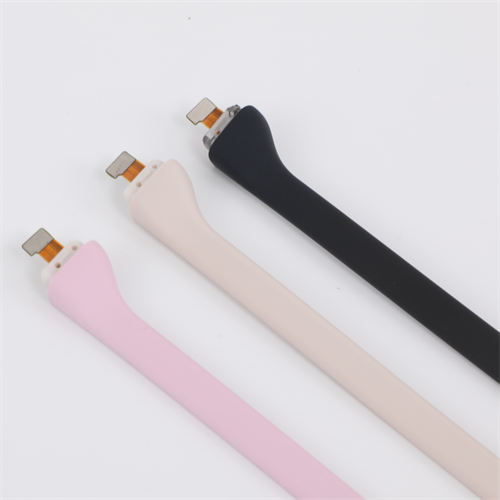
Overmolding is a process where a material is molded onto another material to create a single finished product. It is commonly used in manufacturing to enhance the functionality and appearance of a product. While overmolding is a widely practiced technique, there has been some debate about whether silicone, a popular material due to its flexibility and durability, can be overmolded.
Overmolding silicone presents several challenges due to its unique properties. Unlike other materials such as thermoplastics, silicone is a cured elastomer, meaning once it cures, it cannot be melted and reused like thermoplastics. This makes it difficult to bond silicone to other materials during the overmolding process. Additionally, silicone has a low surface energy, which makes it resistant to bonding with most adhesives or other materials.
Despite the challenges, several techniques have been developed to overcome the obstacles in silicone overmolding. One common method is the use of a primer or bonding agent. These substances are applied to the silicone surface before overmolding, increasing its surface energy and promoting better bonding with the second material.
Another technique is the use of mechanical interlocks, such as hooks or undercuts, on the silicone part. These interlocks provide physical engagement between the silicone and the overmolded material, ensuring a strong bond. Additionally, using textured or roughened surfaces on the silicone can improve adhesion.
While silicone overmolding may pose challenges, it offers numerous advantages. The flexibility and elasticity of silicone allow for the creation of complex and intricate designs, providing greater design freedom compared to rigid materials. Silicone overmolding also provides excellent resistance to heat, chemicals, and extreme weather conditions, making it suitable for a wide range of applications.
Furthermore, overmolding silicone with a different material can combine the unique properties of both materials, resulting in a product with enhanced functionality and aesthetics. For example, overmolding silicone onto a rigid plastic can create a product with a comfortable grip and improved shock absorption.
Overmolding silicone is technically possible, although it does present challenges due to silicone's unique properties. With the use of appropriate techniques, such as primers and mechanical interlocks, successful overmolding can be achieved. The advantages of silicone overmolding, including design flexibility and improved product performance, make it a desirable option for many manufacturers. Despite its challenges, silicone overmolding continues to be an important process in the manufacturing industry.
Copyright © Dongguan Longxiang Rubber Plastic Hardware Products Co.,Ltd All Rights Reserved. sitemap.xml | sitemap.html | Terms & Conditions | Privacy